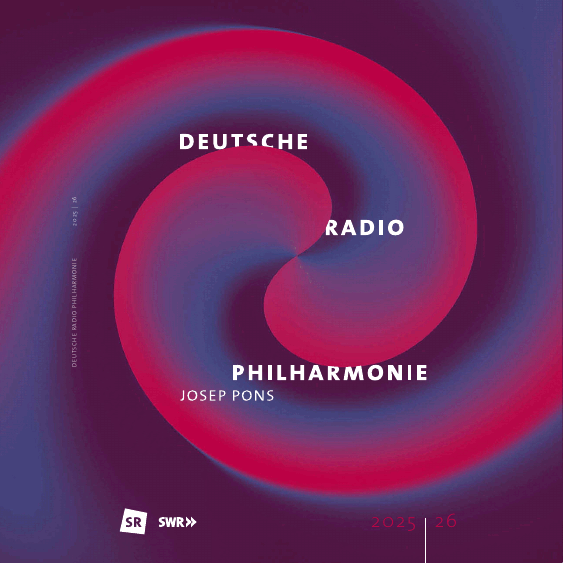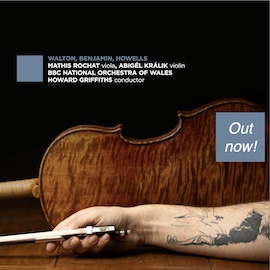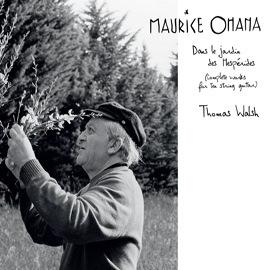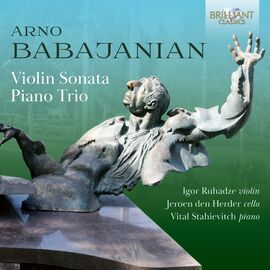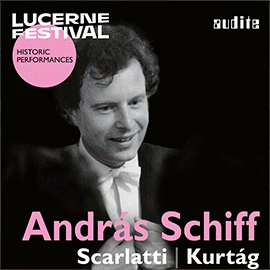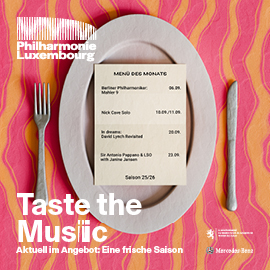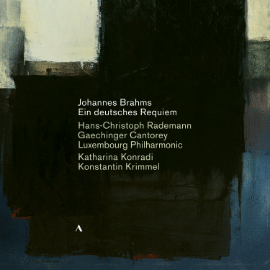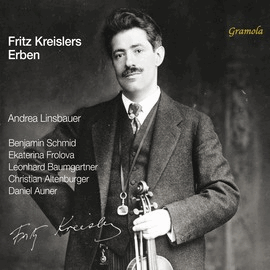Arno Babajanian (1921-1983) war Armenier, der unter Verwendung von volkstümlichem Material komponierte und ein großartiges koloristisches Gespür hatte.
Die siebenundzwanzigminütige Sonate zeichnet sich durch emotionale Kontraste und dramatische Entwicklungen aus. Sie beginnt mit einer langsamen Einleitung, gefolgt von einem lebhafteren Allegro und endet mit einem verhaltenen, melancholischen Andante. Darauf folgt ein originelles und themenreiches Andante sostenuto. Das Finale Allegro risoluto ist dramatisch und scheint, wie der erste Satz, langsam auszuklingen, doch dann folgt eine hoch dramatische Coda.
Die beiden Interpreten, Igor Ruhadze, Violine, Vital Stahievitch, Klavier, spielen kraftvoll und intensiv, mit auffallend vollem Klang.
Die für Klavier komponierte Elegie, die eher lieblich als traurig ist, leitet über zum Klaviertrio, einem der bekanntesten Werke von Babajanian.
Das Trio, das 1953 mit Oistrach an der Violine, Knushevitzky am Cello und dem Komponisten am Klavier uraufgeführt wurde beginnt sehr traurig. Diese Stimmung bleibt auch meistens erhalten, auch wenn etwas zuversichtliche Musik in diesem ersten Satz enthalten ist. Das langsame, hier wie schwebend gespielte Andante ist ein wunderschönes Stück Musik mit einer Klagemelodie, die von der Violine gespielt wird. Dann setzt das Cello ein, und es entspinnt sich ein leidenschaftlicher Dialog. Gegen Ende des Satzes, kehrt die ruhige Melancholie des Anfangs zurück. Das Finale ist beschwingt und virtuos und wird von den Interpreten leidenschaftlich dargeboten. Empfehlenswert!
Arno Babajanian (1921-1983) was an Armenian who composed using folk material and had a great coloristic flair.
The twenty-seven-minute sonata is characterized by emotional contrasts and dramatic developments. It begins with a slow introduction, followed by a livelier Allegro and ends with a restrained, melancholy Andante. This is followed by an original and thematic Andante sostenuto. The finale Allegro risoluto is dramatic and, like the first movement, seems to fade away slowly, but then a highly dramatic coda follows.
The two performers, violinist Igor Ruhadze and pianist Vital Stahievitch play powerfully and intensely, with a strikingly full sound.
The Elegy, composed for piano, which is sweeter than sad, leads into the Piano Trio, one of Babajanian’s best-known works.
The trio, which was premiered in 1953 with Oistrakh on the violin, Knushevitzky on the cello and the composer on the piano, begins very sadly. This mood is maintained for the most part, even if there is some upbeat music in this first movement. The slow Andante, played here as if floating, is a beautiful piece of music with a lamenting melody played by the violin. Then the cello enters and a passionate dialog unfolds. Towards the end of the movement, the quiet melancholy of the beginning returns. The finale is lively and virtuosic and is performed passionately by the performers. Highly recommended!



